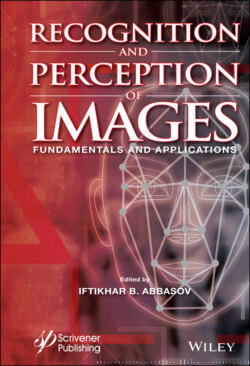Читать книгу Recognition and Perception of Images - Группа авторов - Страница 45
1.5.4 Illusion of the Moon
ОглавлениеThe illusion of the moon is manifested in the fact that when it is near the horizon, it seems to us that it is much larger than at its zenith, although its retinal images in both cases are unchanged in size (Figure 1.5.3). The angular size of the projection of the moon (also the sun) on the retina is about 0.5°.
Figure 1.5.3 Illusion of the Moon.
The illusion of the moon caused great interest from ancient times, and many scientists tried to explain it [Abbasov, 2016].
According to the remoteness hypothesis, any object separated from the observer by a filled space seems to be more distant than an object distant at the same distance against the background of empty space. The perceived distance to the horizon is estimated to be greater than the distance to the zenith. The images of the moon on the retina are the same in both cases, but when the moon is on the horizon, it seems more distant to the observer.
In accordance with the hypothesis of relative size, the perceived size of an object depends not only on the size of its retinal image, but also on the size of nearby objects. The smaller these objects, the larger its apparent size. Above the horizon, the moon is perceived against the background of the surrounding landscape; at the zenith we perceive it against the backdrop of a visually free sky, a sign of remoteness “triggers the mechanism” of the constant perception of magnitude.
